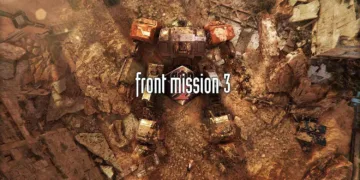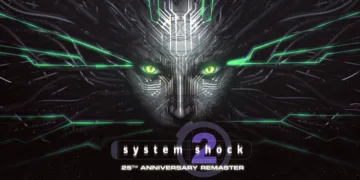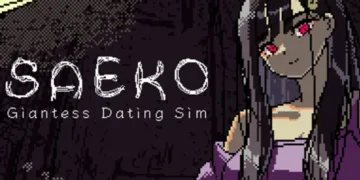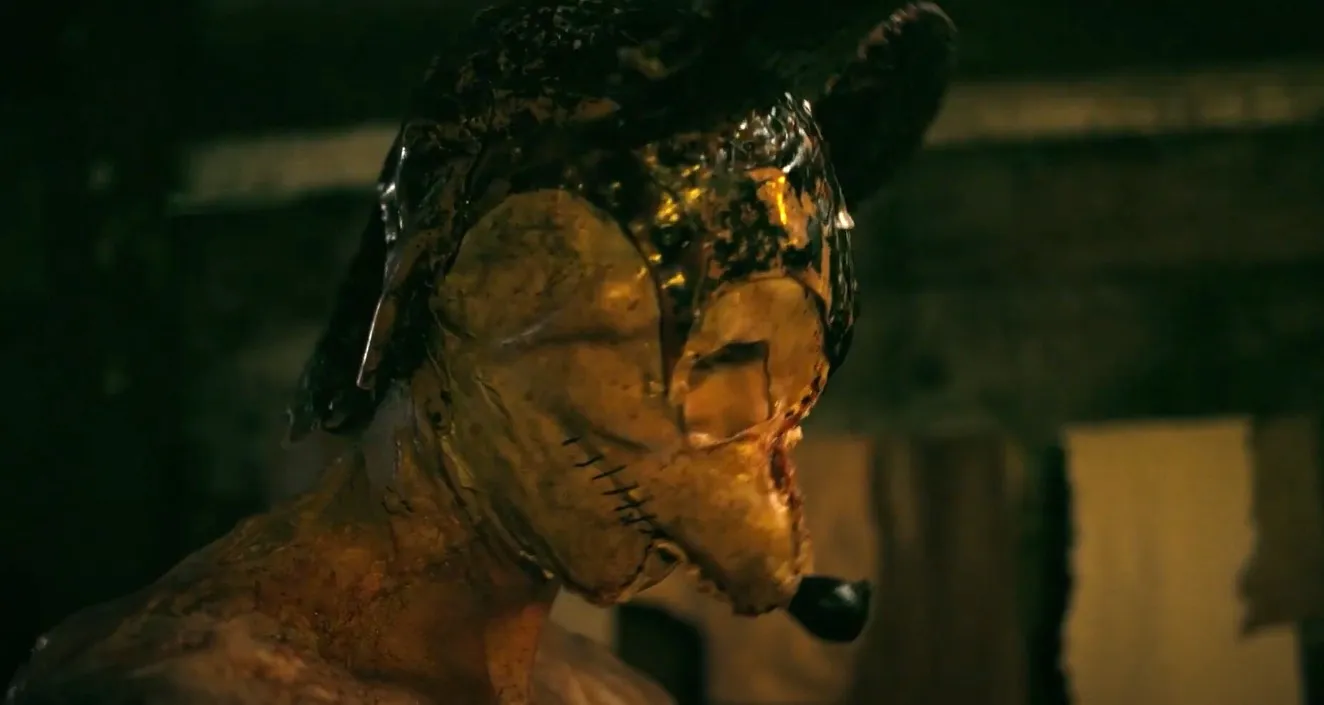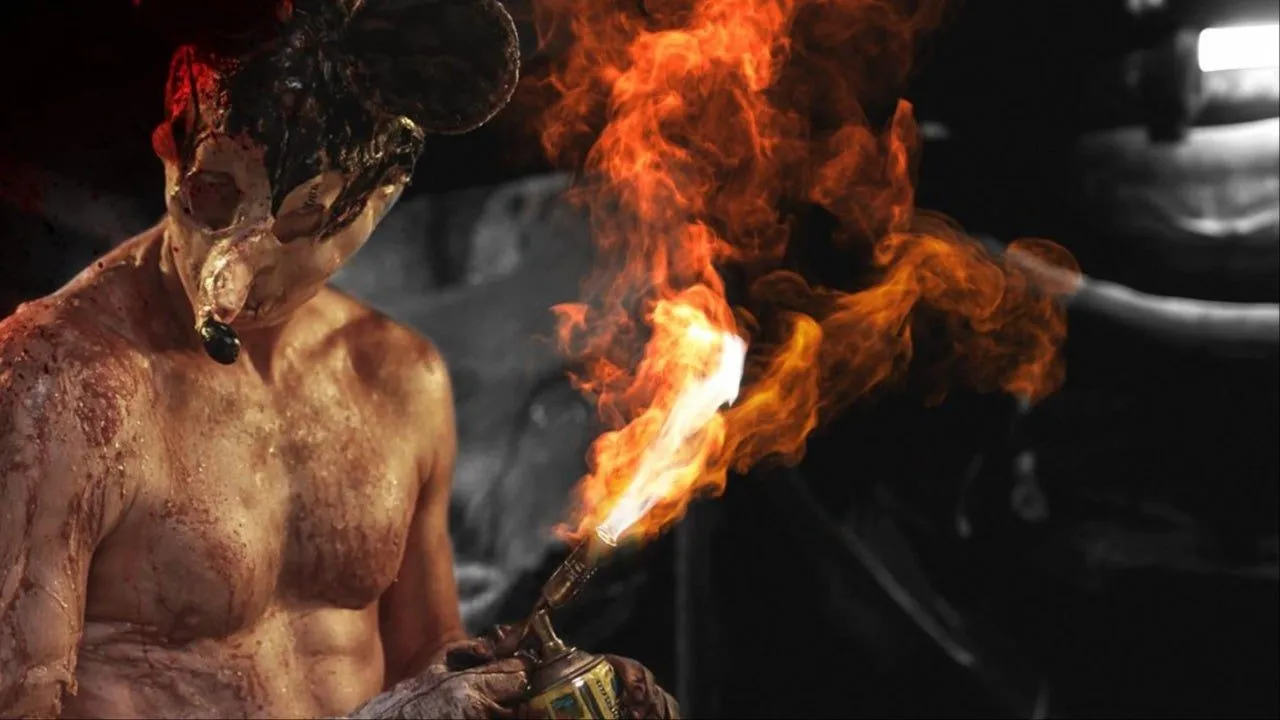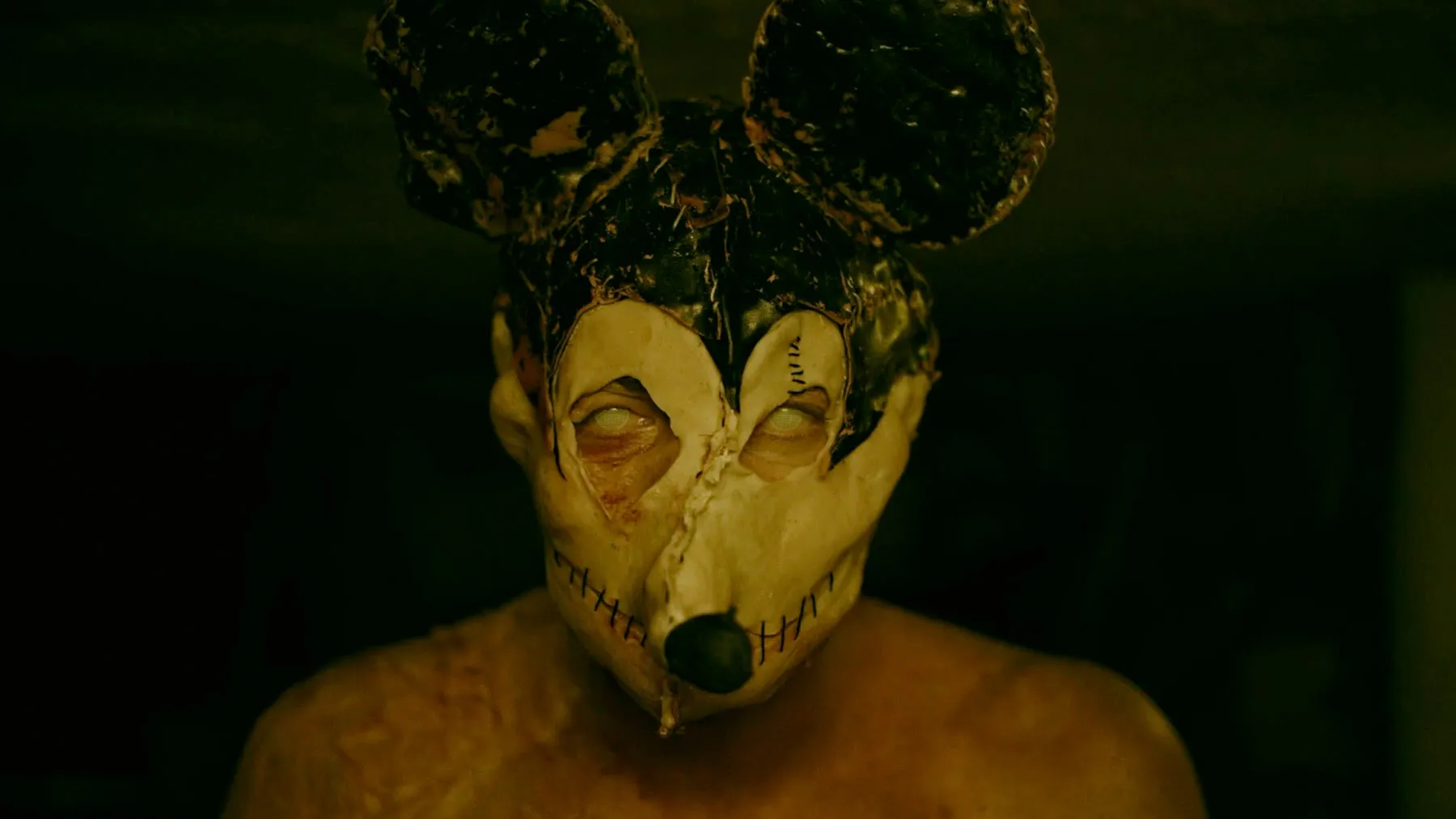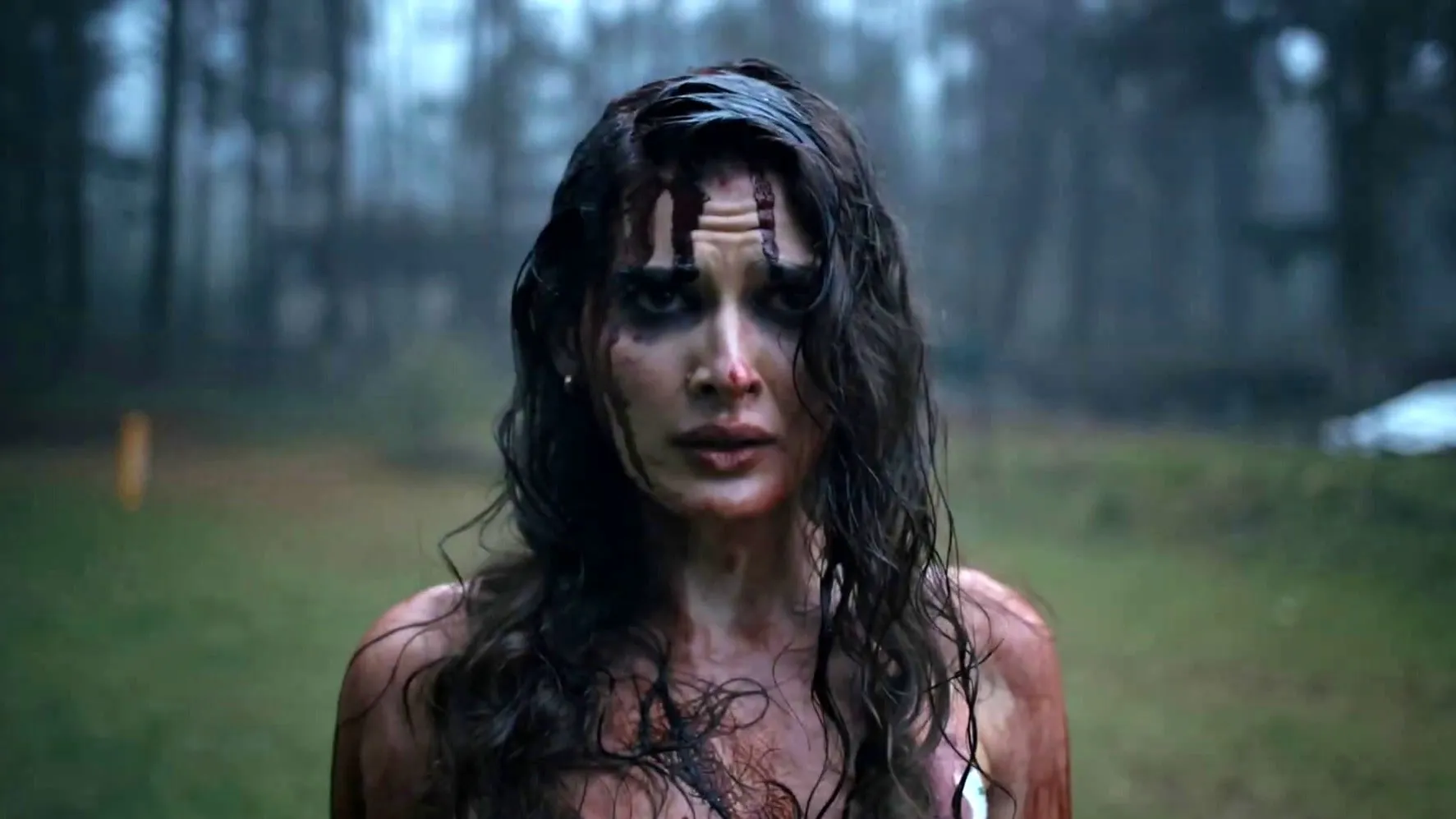“I Heart Willie” stands as an unexpected entry in the public domain horror scene—a film that reinterprets a familiar animated figure into a grim slasher narrative.
Its premise takes a well-known cartoon symbol and forces it into a macabre environment, reminding viewers of a bygone era of animation (one might even call it reanimation aesthetics, if such a term can be coined in a playful spirit).
The film hints at its roots in the celebrated Steamboat Willie legacy, evoking historical echoes of early animation while casting a sinister shadow over cherished childhood memories. This creative inversion (a twist that may provoke both amusement and discomfort) serves as a commentary on the transformation of popular icons through the lens of exploitation in modern horror.
The production background further informs its character. Directed by Alejandro G. Alegre and crafted by writer/producer David Vaughn, the film originates from a vibrant Mexican setting.
Its reliance on public domain material invites a discussion on artistic appropriation and the ethical implications of repurposing beloved cultural artifacts.
Designed to inhabit the niche of visceral horror and extreme cinematic violence, “I Heart Willie” adopts familiar slasher motifs while challenging the viewer to reconsider the past through a macabre reinterpretation.
Chronicles of the Haunted Estate
The film narrates the investigation of a decrepit property where the legend of Willie lingers in whispered folklore. A band of paranormal researchers and ghost hunting vloggers ventures into a remote, wooded enclave in Mexico—a setting that resembles an abandoned resort rather than a typical modern horror backdrop.
Here, the tale of Willie unfolds: a figure shrouded in mystery with a past steeped in tragedy and spectral lore. The narrative provides an account of an otherworldly presence, a curse that clings to the charred remains of a once-vibrant dwelling, now a silent monument to forgotten misfortune.
In a manner that is at once both grim and absurd (one might compare it to a historical ghost story that has taken a detour into the macabre), the film sets its stage with a montage that both honors and subverts familiar mythologies.
The sequence of events unfolds in a loosely linear manner. An opening montage hints at the dark history of the estate, establishing the myth of Willie before introducing a group of intrepid investigators.
Their arrival is marked by a deliberate pacing that alternates between extended moments of quiet introspection and sudden bursts of horrific violence.
A mysterious connection involving Nora adds a perplexing twist to the narrative (a twist that raises questions about fate and memory), while scenes of escalating terror punctuate the unfolding drama.
There are instances where the storyline shifts abruptly—transitions that may momentarily disrupt the viewer’s engagement but also serve to mirror the unpredictable nature of the supernatural.
The film’s structure invites comparisons to historical epics that recount legends in fractured, sometimes disjointed, episodes, reflecting both a reverence for and a critique of serialized storytelling in horror cinema.
Each moment, whether steeped in detailed exposition or action, contributes to a narrative that oscillates between rational investigation and irrational dread, challenging the audience to reconcile its disparate elements.
Masks of the Unseen
The investigative team is a study in contrasting motivations and hidden depths. Paranormal researchers Daniel and Nico, for example, present themselves as the rational eyes amid an irrational phenomenon—each driven by personal demons as much as by the lure of the unknown.
Nora, with her enigmatic past and inexplicable connection to the legend, often appears torn between duty and an almost obsessive nostalgia for danger.
Meanwhile, Jess infuses the narrative with a reckless, irreverent energy that borders on the comical (if only the humor could have tempered the grim realities they face).
Their backstories, at times fragmented and self-serving, add layers of tension to the overall narrative, forcing viewers to question whether the true horror lies in the supernatural or in human fallibility.
Willie himself is a singular figure, an anomaly forged in the crucible of myth and misfortune. He is depicted as a deformed, half-human, half-mouse entity whose tragic past is writ large across his burn-scarred visage and eccentric costume—a grotesque reinterpretation of an iconic cartoon figure.
His appearance, marked by a battered mouse mask and a nod to early animation styles, offers a visual commentary on the corruption of innocence. There is an undeniable duality here: while he is a ruthless slasher, there exists an undercurrent of tortured romance, a sort of perverse magnetism that binds him to the past (a past that, arguably, continues to haunt modern collective memory).
The performances across this cast are a mixed bag. Some portrayals succeed in capturing the eerie blend of desperation and bravado, yet others fall into a rigidity that undercuts the film’s more ambitious thematic ambitions.
Dialogue delivery ranges from stilted to surprisingly natural, and the chemistry—or its glaring absence—among the characters speaks volumes about the underlying script. In some scenes, the interactions feel as if they were improvised on the fly, while in others, the emotional cadence strikes a dissonant, sometimes jarring, note.
Illuminated Shadows and Fragmented Scenes
The film presents a visual tone that shifts between moments of eerie gloom and jarring brightness, as if its lighting is unsure of its mood.
Shadows move across the screen with a restless energy that heightens tension, while sudden focus adjustments seem to mimic the unsettled state of its characters (and perhaps the filmmakers themselves).
A few technical hiccups—strange brightness fluctuations and uneven lighting—lend the work an air of unpolished ambition rather than deliberate artifice.
Cutting and pacing in the film oscillate unpredictably. The sequence of shots sometimes jumps abruptly, challenging the viewer’s sense of continuity.
In several horror sequences, the quick, almost reckless cuts temporarily confuse rather than enhance the tension. These moments suggest a freewheeling spirit behind the editing desk, though they might alienate those expecting a more measured build-up of dread.
Sound plays a significant role in shaping the film’s unsettling atmosphere. Layers of background static and sudden bursts of sharp noise punctuate scenes of violence, echoing the dissonance between the film’s historical homage and its modern execution.
Practical effects—when visible—are crude yet effective, offering a raw depiction of on-screen gore that rarely overindulges in shock value.
At times, offscreen violence is implied through sound rather than sight, inviting viewers to imagine details rather than witness them directly. Visual effects peppered throughout the film call back to classic animation techniques, reinterpreting familiar imagery in a stark, unexpected manner.
Emblems of Dread and Narrative Echoes
The film makes use of familiar horror formulas—a solitary setting, a relentless, shadowy force, and a spectral legend—to craft its unsettling atmosphere.
It adheres to the conventional slasher script (a formula some may find predictable) while interjecting a dose of wry humor and self-awareness. There is a noticeable tension between paying homage to classic horror and mocking its own tropes (a wink to today’s tendency to repurpose well-worn cultural icons).
The design of Willie is laden with symbolism. His distorted form—marked by burn scars and a makeshift mask reminiscent of an early animated figure—serves as a visual pun on the corruption of innocence.
The recurring display of scorched features hints at unspoken tragedy, a silent nod to historical calamities that scar societies. Flames and smoldering traces appear as recurring emblems, inviting comparisons with past disasters that continue to haunt collective memory (a curious reimagining of sorrow and spectacle).
Storytelling in the film leans on a mix of montages and dialogue-driven exposition. Flashbacks scatter pieces of a fractured past, offering brief insights into character histories while raising as many questions as they answer.
Such techniques, whether smoothly executed or abruptly interjected, contribute to a shifting narrative that both unsettles and provokes thought about the power of myth and the reinterpretation of legacy.
Designs of Dismay and Visionary Control
Set in remote, wooded expanses and abandoned properties in Michoacán, the film crafts its eerie atmosphere through production design that borders on the audacious.
The decaying architecture and sparse set decoration create a palpable sense of desolation—a silent echo of past tragedies (a subtle nod to historical ruins and forgotten stories). Props and ambient textures work in tandem to enhance the unsettling mood, provoking thoughts about the remnants of neglected heritage and the scars left by time.
Costume and makeup contribute heavily to the film’s disturbing visual narrative. Willie’s costume—a battered mouse mask paired with tattered, reminiscent garb—reinvents a classic icon into a grotesque figure.
His burn-scarred visage, rendered with rough practical effects, transforms physical disfigurement into a visual language that speaks of old wounds and societal neglect. These design choices provoke a curious reaction: discomfort mixed with a reluctant fascination (a phenomenon that might be dubbed “aesthetic dissonance”).
Director Alejandro G. Alegre demonstrates a measured control over the film’s presentation. His framing choices and unconventional camera angles create moments that are at once jarring and reflective.
The emphasis on static compositions during quiet intervals contrasts sharply with rapid, disorienting cuts during scenes of violence—a stylistic decision that underscores the narrative’s sporadic rhythm.
This method of visual storytelling challenges viewers to reconcile stark imagery with the film’s underlying message, hinting at a meditation on cultural decay and the haunting persistence of history.
The Review
I Heart Willie
"I Heart Willie" is an audacious experiment in horror that reconfigures familiar icons with a distinct aesthetic flair. The film's visual inventiveness and thematic ambition shine, though its uneven pacing and narrative lapses may perplex some. It offers a thought-provoking, if occasionally erratic, experience that challenges conventional expectations of the genre.
PROS
- Bold reimagining of a classic icon
- Distinctive visual style and unsettling atmosphere
- Ambitious thematic exploration
CONS
- Inconsistent pacing and narrative flow

































